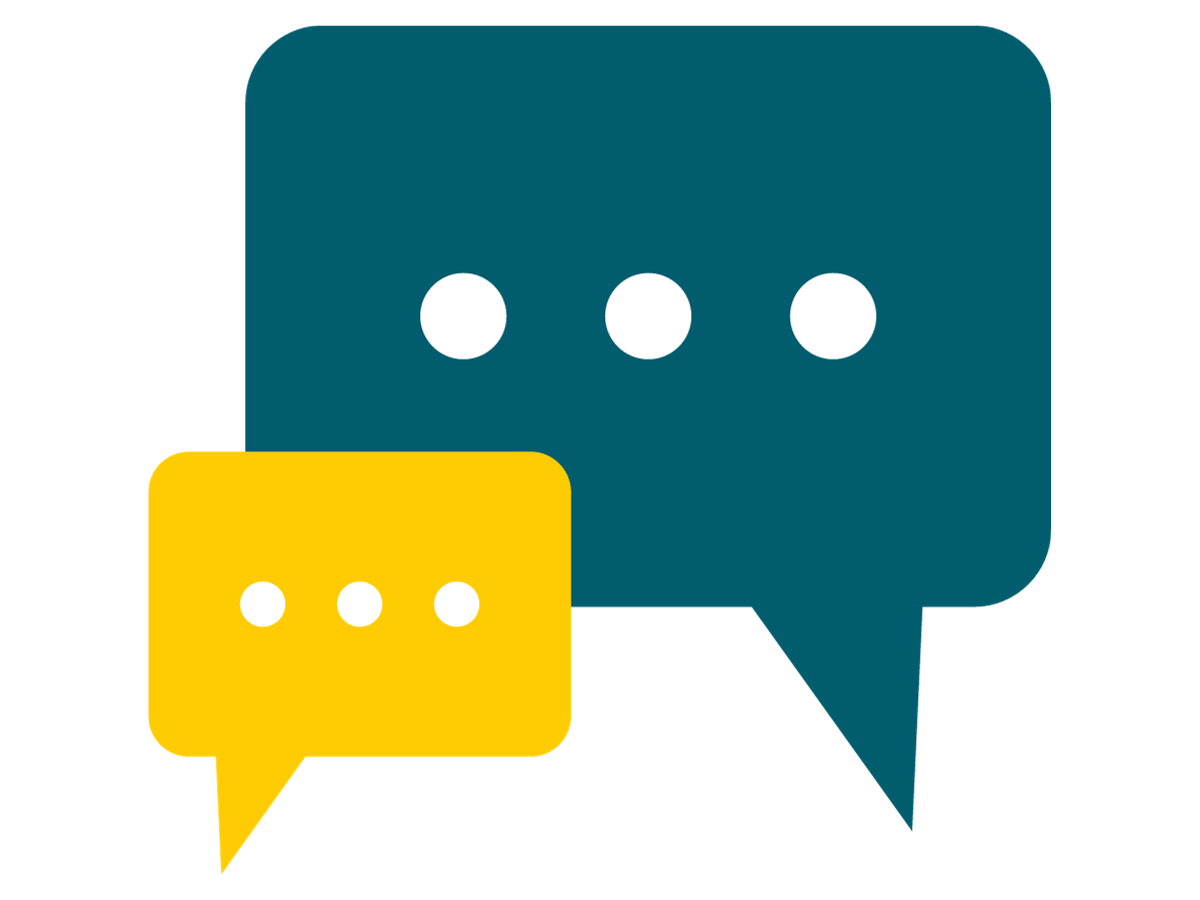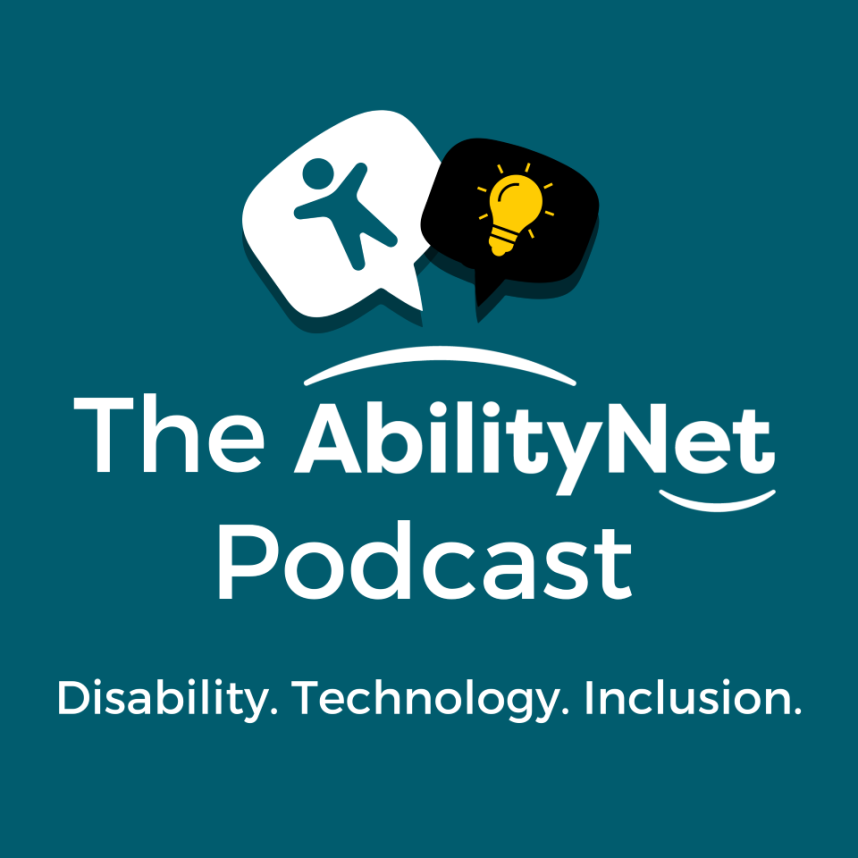5 tips for creating accessible podcasts
Louise Aldridge | 29 Sep 2023Podcasts are a versatile medium that can cater to diverse audiences, including the disabled community.
Your podcast may attract neurodiverse listeners, who may prefer this form of content to stay informed and entertained. Similarly, podcasts are inherently audio-based, making them highly accessible and enjoyable to blind individuals and people with visual impairments.
But how can you ensure your podcast is accessible to all? By following these 5 simple tips, you can make your podcast more accessible.
1. Use clear audio
Clear audio not only enhances the podcast experience for all listeners but is essential for podcast accessibility to those with hearing loss. You can achieve clear audio by following these tips:
- Use a high-quality microphone and record in a quiet environment. The AbilityNet podcast team uses online studio StreamYard to record audio locally, helping to export the clearest audio possible
- Identify yourself and any other speakers before you start talking. Your host can ask everyone to introduce themselves if there are multiple guests
2. Provide a transcript
![]() Providing a transcript is the most important thing you can do to make your podcast accessible to d/Deaf people or people with hearing loss.
Providing a transcript is the most important thing you can do to make your podcast accessible to d/Deaf people or people with hearing loss.
Transcripts should include everything that is said in the podcast, as well as any sound effects or music. You can create transcripts yourself or hire a professional service to do it for you.
Here are some tips for creating transcripts:
- Listen to your podcast episode and proofread your transcript carefully before publishing it
- Add a glossary of acronyms to the transcript
- Make a download of your transcript available in the podcast description and on your website. It also helps to offer the transcript in a document format, so your audience can customise it to match their needs and preference. Learn how to create accessible documents in our factsheet, Creating Accessible Documents
- If you’re considering creating your own transcripts, you can try out tools such as Otter.ai, HappyScribe, or use the in-built automatic transcripts in Microsoft Teams
 3. Use clear and concise language
3. Use clear and concise language
When recording a podcast episode, it is important to avoid using jargon, acronyms, or technical terms that your audience may not understand. If you do use this type of language, be sure to explain it in a way that is easy to understand.
You can also define words or acronyms within a glossary of your transcript.
4. Describe all visual content
If you are mentioning or discussing a visual element in your podcast, be sure to describe it. For example, if you are talking about a photo, describe what is in the photo. If you are talking about a video, describe what is happening in the video.
5. Promote your podcast in an accessible way
When you promote your podcast, be sure to use accessible social media platforms and websites. You should use alt text for any images used and provide transcripts or captions for any video or audio promotional materials.
If you are writing a blog post to promote your podcast, be sure to include a transcript of the episode.
 Stay updated with the AbilityNet Podcast
Stay updated with the AbilityNet PodcastThe AbilityNet Podcast features insights, interviews, and the latest updates from key movers and shakers in the world of digital accessibility and disability inclusion.
Explore the latest episodes
Making your podcast accessible is important because it allows more people to enjoy your content. By following the tips in this blog post, you can make your podcast more accessible to all.
Please note that this blog is not a comprehensive guide to what you can do to make a podcast accessible, but these five tips can help you start creating accessible podcasts.
Further Resources
- Resources: How to create accessible content
- 10 FAQs about creating accessible digital content
- Keep up to date with the latest accessibility news with the AbilityNet newsletter
- Find out about AbilityNet's free live webinars
- Unsure where to start with digital accessibility? Speak to our experts for help



